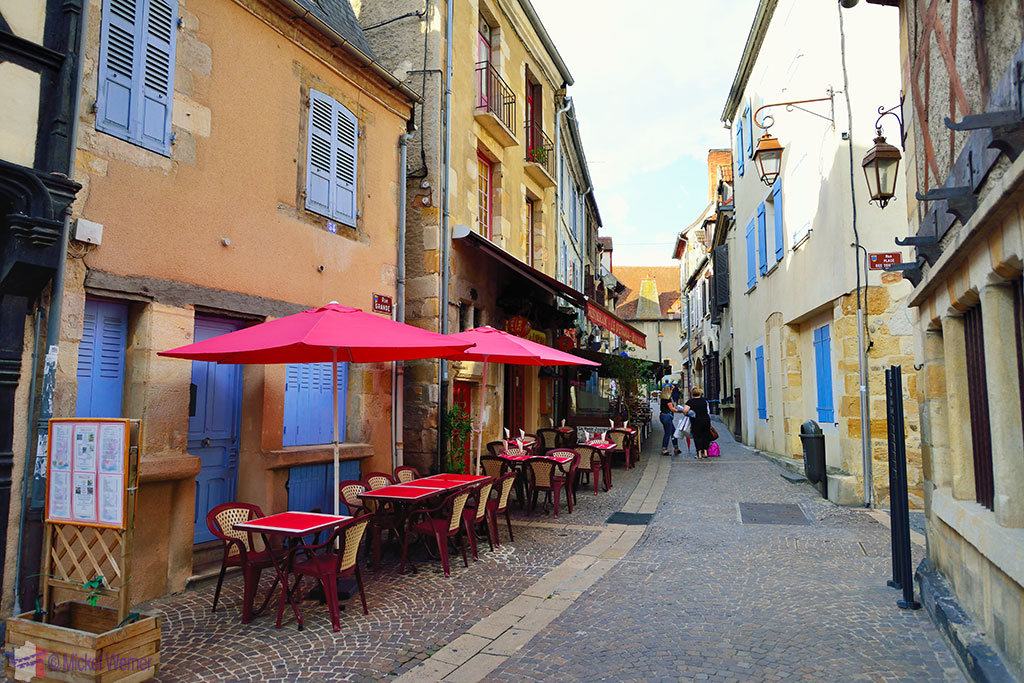
WEIGHT: 48 kg
Bust: SUPER
1 HOUR:130$
Overnight: +50$
Services: Extreme, Spanking (giving), Trampling, Striptease, Massage anti-stress
Official websites use. Share sensitive information only on official, secure websites. This is an open access article distributed under the terms of the Creative Commons Attribution License , which permits unrestricted use, distribution, and reproduction in any medium, provided the original author and source are credited. A cross sectional serological survey of arboviral infections in humans was conducted on the three islands of the Union of Comoros, Indian Ocean, in order to test a previously suggested contrasted exposure of the three neighboring islands to arthropod-borne epidemics.
Very few sera were positive for IgM antibodies to the tested viruses indicating that the sero-survey was performed during an inter epidemic phase for the investigated arbovirus infections, except for RVF which showed evidence of recent infections on all three islands. Interestingly, the positivity rates for IgG antibodies to DENV and CHIKV were significantly higher on Ngazidja, confirming the previously suggested prominent exposure of this island to these arboviruses, while serological traces of WNV infection were detected most frequently on Mwali suggesting some transmission specificities associated with this island only.

The study provides the first evidence for circulation of RVFV in human populations from the Union of Comoros and further suggests that the virus is currently circulating on the three islands in an inconspicuous manner. This study supports contrasted exposure of the islands of the Comoros archipelago to arboviral infections.
The observation is discussed in terms of ecological factors that may affect the abundance and distribution of vector populations on the three islands as well as concurring anthropogenic factors that may impact arbovirus transmission in this diverse island ecosystem. Peculiarities of Island ecosystems make oceanic islands most suitable areas for analyzing how variations in local ecological conditions may impact on the intensity of arboviral transmission.

The Comoros archipelago Km2 consists of four volcanic islands that are distant of 40—60 Km apart, located at the northern end of the Mozambique Channel. The three northern islands constitute the Union of Comoros that ranks amongst the least developed countries in the world. The geographic proximity to Africa exposes the Comoros archipelago to arboviral emergence as evidenced by a number of epidemics recorded in the last decades i.



































